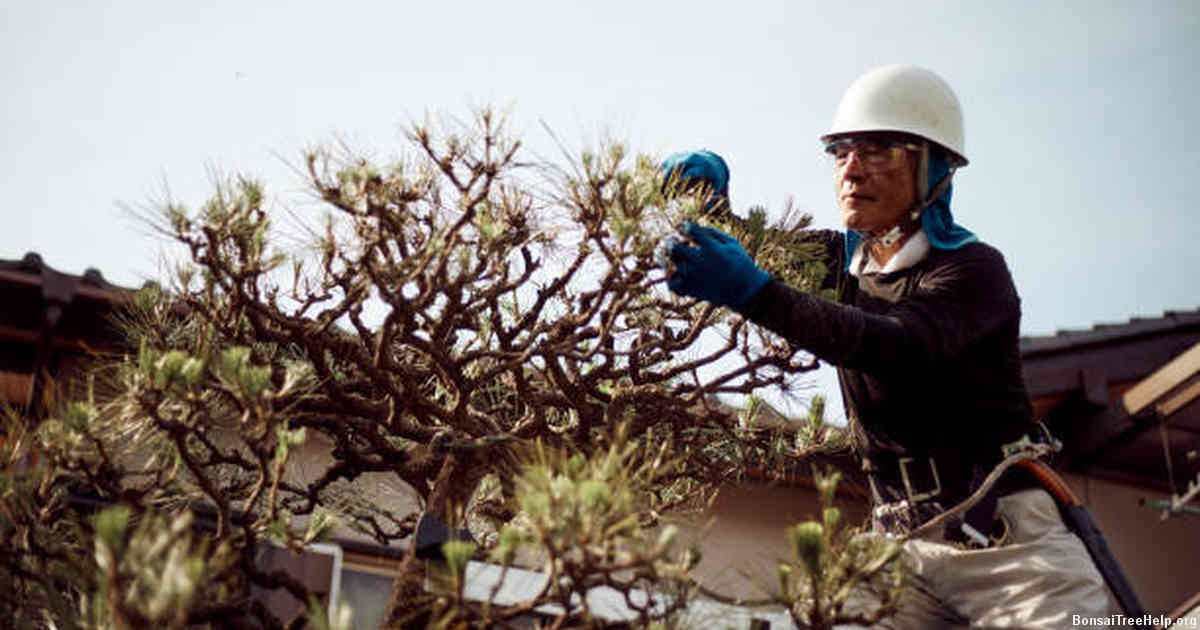
1. Gather Materials: To begin, you’ll need a ponytail palm bonsai tree, preferably one in its juvenile form; loam soil; sand or grit; and organic compost fertilizer.
2. Plant the Tree: Using the right size pot for your tree, fill it 1/3 with soil and press down lightly. Place the tree into the pot and cover with remaining soil so that 1/4 of the trunk is still visible above ground level. Water immediately to moisten root system.
3. Prune Your Ponytail Palm Bonsai: The trunk and leaves will eventually create a beautiful shape, but early pruning will help grow your desired bonsai faster by avoiding unnecessary twig growths which can take away from its intended look. Carefully snip off any unwanted branches using sharp shears or scissors just outside of a node where two branching twigs meet – this promotes proper growth direction. Also remove dead leaves as needed to maintain appearance and health of your bonsai tree.
Contents:
4 Feed Fertilizer: Add nutrient-rich fertilizer when new buds appear on your ponytail palm bonsai, usually between spring and summer months when they start actively growing again after winter dormancy period is over. Follow directions on packaging for recommended application amount and timing frequency throughout year, usually once every 2-3 weeks during active season and monthly during dormant season (winter).
Preparing the Pot
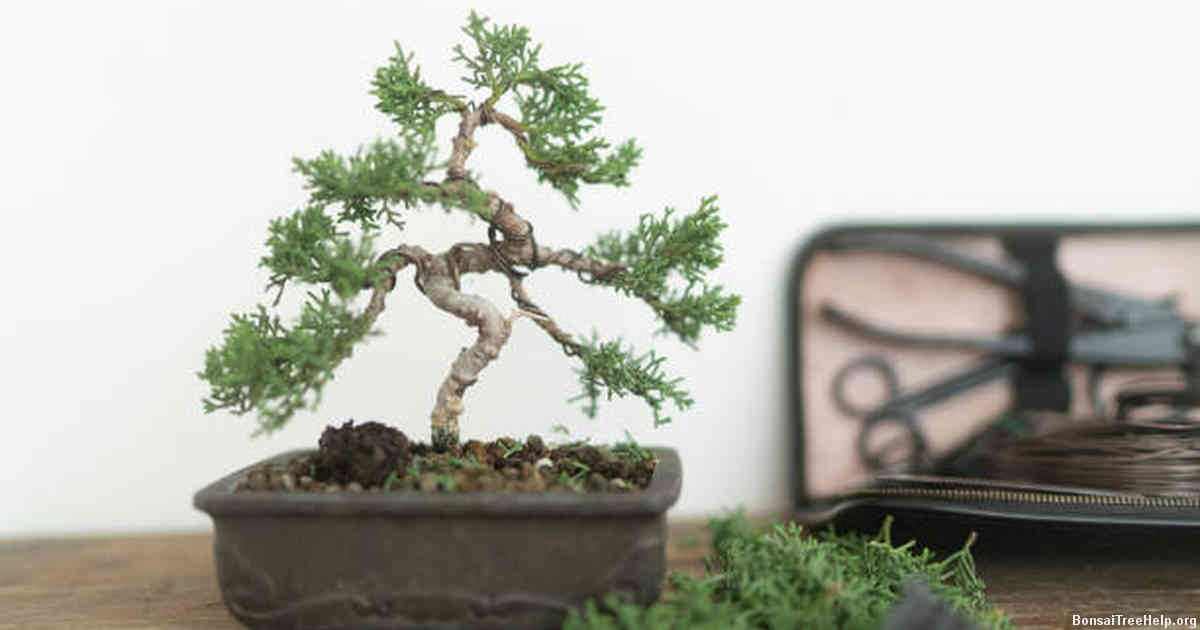
When it comes to successfully growing a ponytail palm bonsai, the preparation of its pot is essential. To begin, first obtain a shallow pot with drainage holes in the bottom. Ponytail palms will not thrive in overly moist soil so a good quality bonsai soil mix such as akadama and pumice works well for this type of plant. The ratio of akadama to pumice should be roughly two parts akadama to one part pumice with some organic fertilizer incorporated into the blend.
Filling up the pot halfway with your pre-mixed soil blend is ideal before adding any roots or rhizome and packing down firmly while continuing to fill until you are three-quarters full. Be sure that all air pockets have been eliminated during this process and then lay on top an appropriate amount of fresh composted mulch such as pine needles or bark chips as a final layer before planting your ponytail palm bonsai specimen. Make sure your bonsai’s pot has sufficient drainage material lining its base such as pebbles or rock shards for excess water runoff when watering your ponytail palm bonsai tree regularly.
Choosing the Right Soil
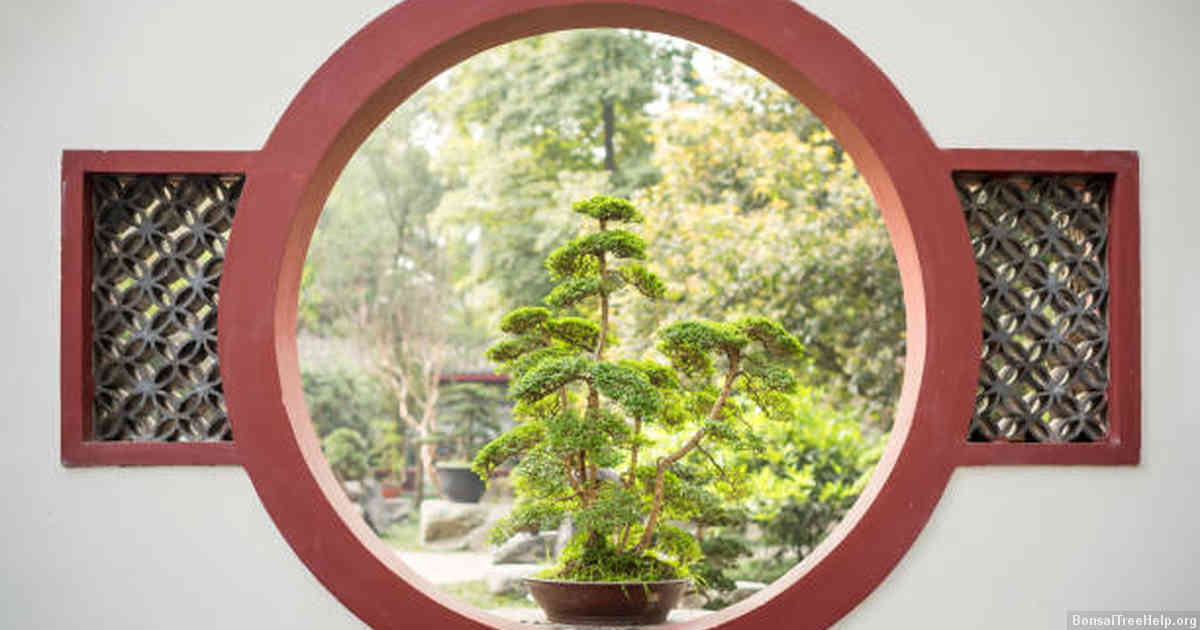
When it comes to bonsai, selecting the right soil is essential for proper plant growth. Ponytail palm bonsais require soil with ample drainage and aeration in order to thrive, as they are susceptible to root rot. To this end, cactus mix or succulent potting soil work best due to their particularly porous nature. The soil should be nutrient-rich; enriched soils with organic components like compost are ideal and will help the ponytail flourish. For more experienced gardeners looking for a challenge however, simply combining two parts of coarse sand with one part of silt and clay will create a slightly heavier blend suitable for these plants when properly cared for.
Keeping an eye on pH levels is also important when caring for your ponytail palm bonsai; most varieties prefer neutral or slightly acidic dirt (pH 6 to 7), so regularly testing pH levels may prove beneficial in helping keep your beloved plant healthy and happy.
Planting the Ponytail Palm Bonsai
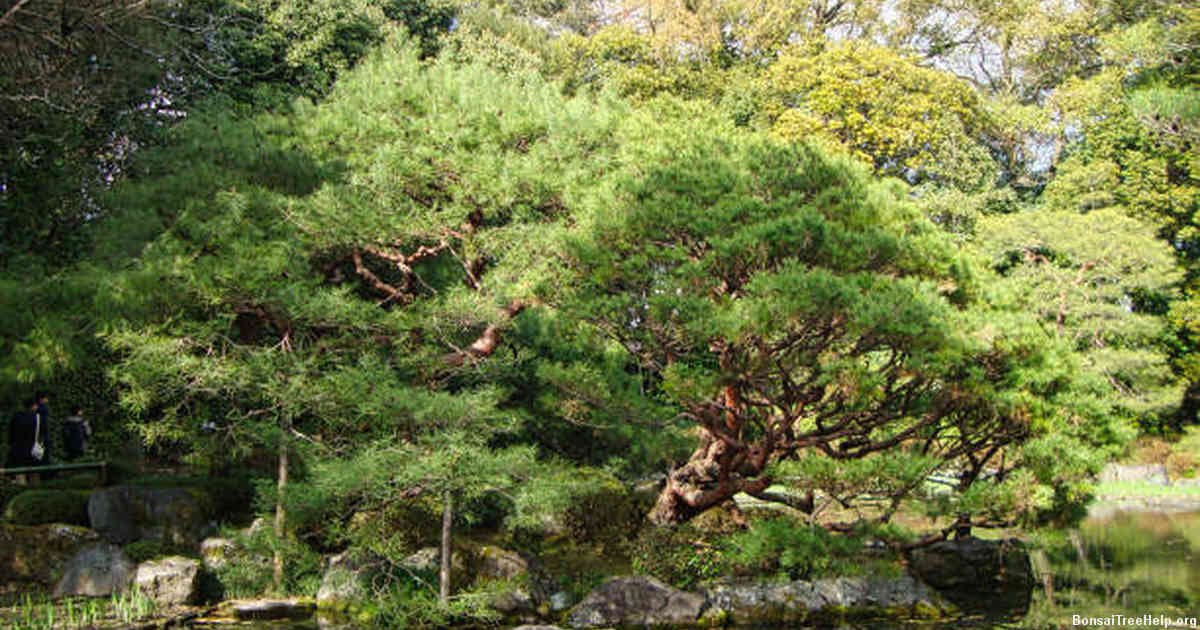
The first step to growing a Ponytail Palm Bonsai is to select the right container. This should be shallow, yet wide enough to accommodate the root system of your ponytail palm. Ensure you purchase a pot that has drainage holes for excess water so as not to drown your bonsai tree. Planting mix specifically designed for cacti or succulents is preferred when planting this species in bonsai form. Once you’ve got your soil and container sorted, it’s time to get planting. Gently remove your ponytail palm from its original pot and place it carefully into the new one – making sure there are no air pockets between the root ball and sides of the pot. Use chopsticks or tweezers if necessary! Fill in with more soil until all roots have been covered, gently patting down with fingers to ensure full contact between the roots and soil before watering lightly. To finish off the planting process, top dress your bonsai with small pebbles or stones – this will help keep moisture in while also creating an aesthetically pleasing effect around the base of your miniature tree. With proper care and attention over time, you’ll soon have yourself a beautiful Ponytail Palm Bonsai.
Watering Techniques for Your Bonsai
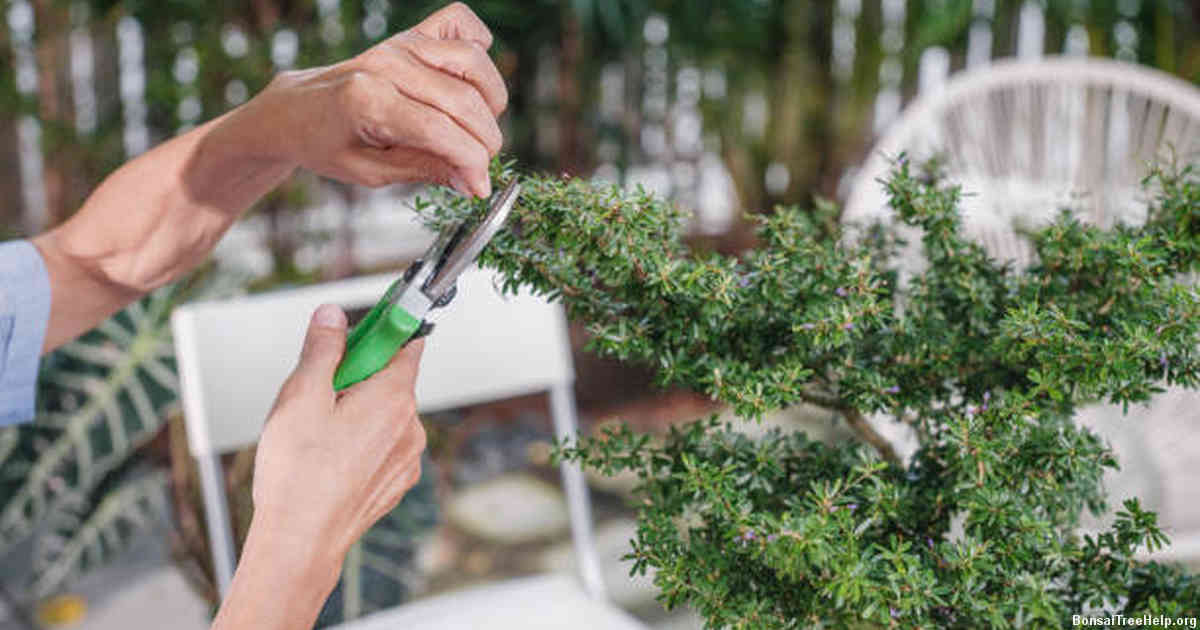
Watering a ponytail palm bonsai is an integral part of its successful growth. This type of bonsai requires regular watering, with some light mistings and fertilizer in between waterings to ensure the soil remains moist and that your plant has enough nutrients to grow strong. The first step in watering your ponytail palm bonsai is to thoroughly moisten the soil using lukewarm water. For most types of this particular species of bonsai, it’s best to allow the top few inches of soil to dry out completely before adding more water.
Using a fine mist sprayer can help prevent over-watering or excessive moisture levels in your ponytail palm’s potting mix. When it comes time for fertilizing, use a liquid fertilizer every couple weeks during periods when there is plenty of sunlight available. Avoid using too much fertilizer as this can cause stress on the plant and reduce overall growth potential. Be sure you are not letting any excess water sit at the bottom of the container; if so, gently pour off any standing liquid before applying fresh fertilizer.
Keep in mind that different temperatures may require changing up your watering routine; for instance, during summer months you will likely need to increase frequency slightly whereas wintertime may call for less frequent applications than usual. Taking into account temperature fluctuations will keep your ponytail palm happy and healthy throughout the year.
Fertilizing Your Bonsai Plant

Fertilizing your bonsai plant is an important part of keeping your ponytail palm healthy and growing strong. Bonsai plants require more nourishment than traditional houseplants, so it is important to use a fertilizer specifically designed for bonsai trees. When selecting the right fertilizer, consider whether you plan on fertilizing with soil or water-soluble formulas.
Soil fertilizer has the advantage of lasting longer, but needs to be added regularly over time to keep up with the tree’s growth rate. With this method, look for slow release fertilizers that can last 3 to 4 months before needing another application. Water-soluble formula needs to be applied more frequently, about every two weeks during peak growing season. This type of fertilizer should have a higher nitrogen content in order to get those new leaves nice and green.
Make sure not to overfertilize. Too much fertilizer can cause nutrient burn or result in weaker foliage – both are signals that you need adjust your fertilizing strategy for healthier looking results.
Pruning Techniques for Optimal Growth
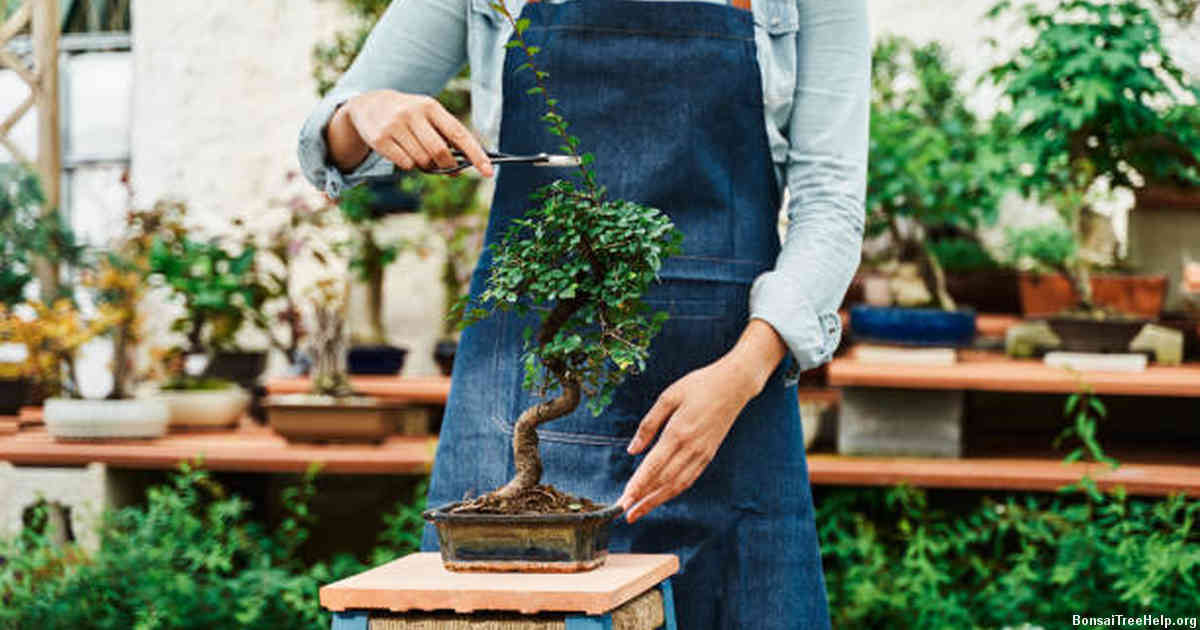
As with any living plant, proper pruning and trimming of your ponytail palm bonsai is essential for optimal growth. Shaping the tree into an aesthetically pleasing shape while ensuring that it remains healthy requires dedication and attention. Prune away unnecessary leaves as well as offshoots from the main stem to keep your ponytail palm looking its best. Snip back unruly stalks that grow out of range so that the canopy maintains a uniform look overall.
It is important to remove any yellow or browning leaves promptly, since they can be signifiers of a nutrient deficiency or poor air circulation in your bonsai’s environment. When grooming branches make sure to cut at 45-degree angles above the nodes where new growth will sprout from–this ensures optimal healing time and wound closure for minimal damage to the tree itself. Cutting below nodes might cause unwanted branching and compromise structural integrity over time if left unattended.
When selecting which shoots to keep in order to maintain shape and size try not only going for aesthetics but also shoot health; bear in mind always go for those exhibiting dark green vibrant colours rather than ones indicating moisture loss like dullness or yellow tinting around their tips as these are often dead or dying tissue by nature and should be removed immediately upon detection.
Maintenance to Keep Your Bonsai Healthy
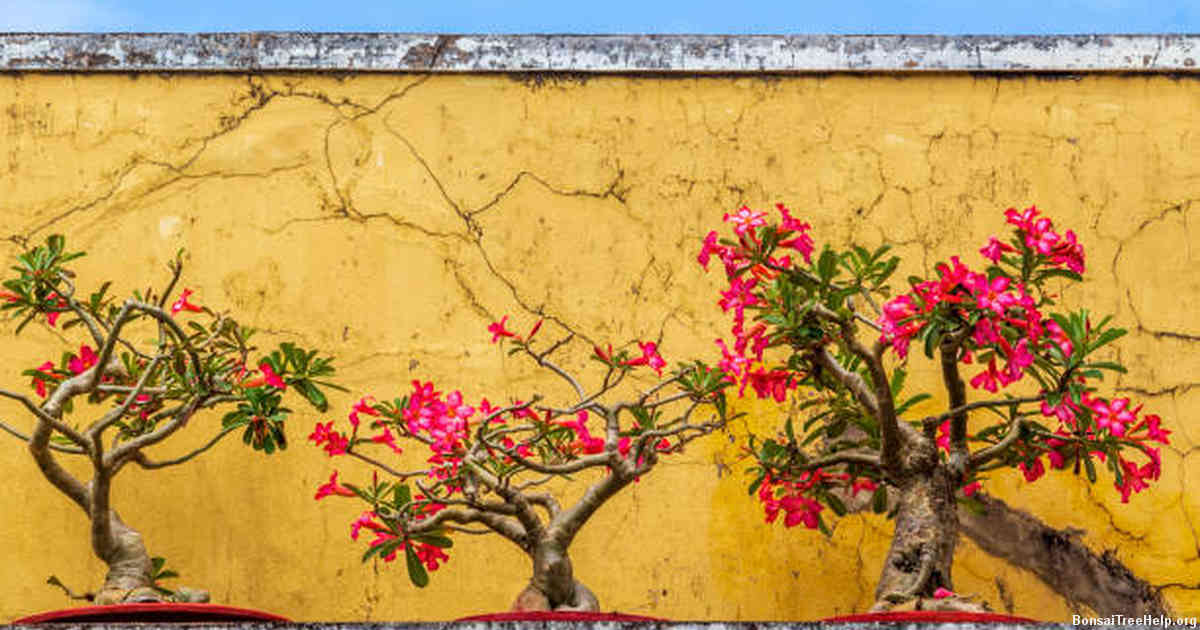
Maintaining the health of a ponytail palm bonsai requires a keen eye and attentiveness. The main objective is to keep the soil moist without causing overwatering and root rot, so one should water their plant around two times a week or whenever the top inch of soil has become dry. If you’re new to bonsai growing, it might be helpful to get your finger tips dirty by inspecting and testing the soil every other day in order to gauge how wet or dry it is. In order to maintain an optimal level of moisture content in the soil, make sure that each watering session leaves out no remaining standing water on top when finished.
To encourage growth, fertilization once every month with an all-purpose fertilizer diluted half strength can supply necessary micronutrients such as potassium and magnesium for their healthy development. To avoid stressing them with too much nutrients however, increase this frequency only if they are actively producing new leaves or are planted outdoors in direct sun for extended periods of time.
Keep sunlight exposure at moderate levels by placing them in areas where they receive several hours of bright indirect light daily; exposing them directly under intense sunlight rays may lead to burning or dehydration which stunts their growth potential significantly over time.
Leave a Reply